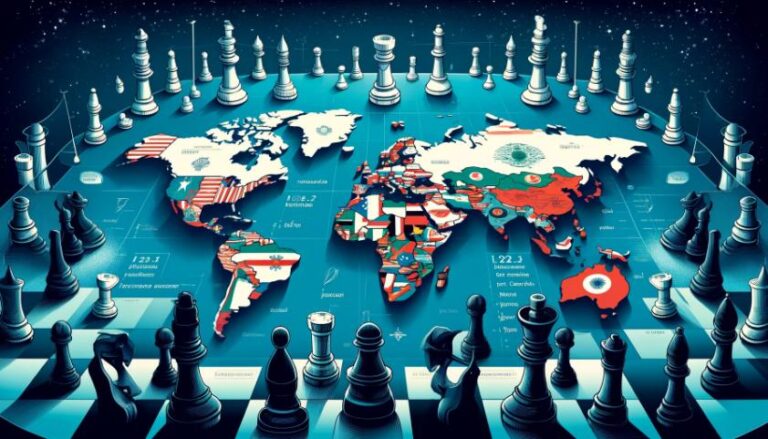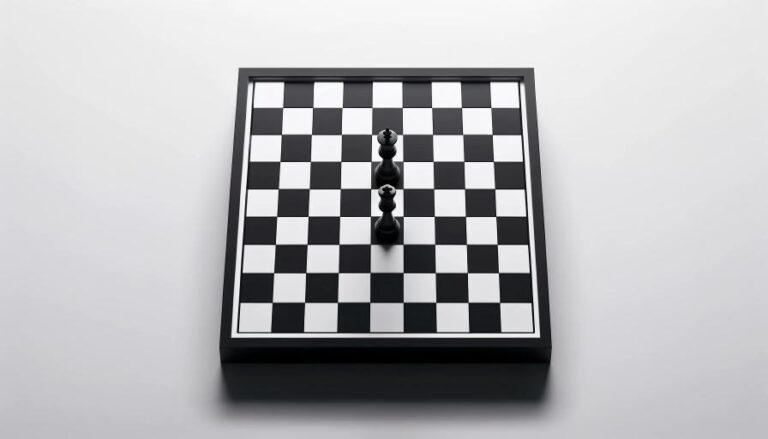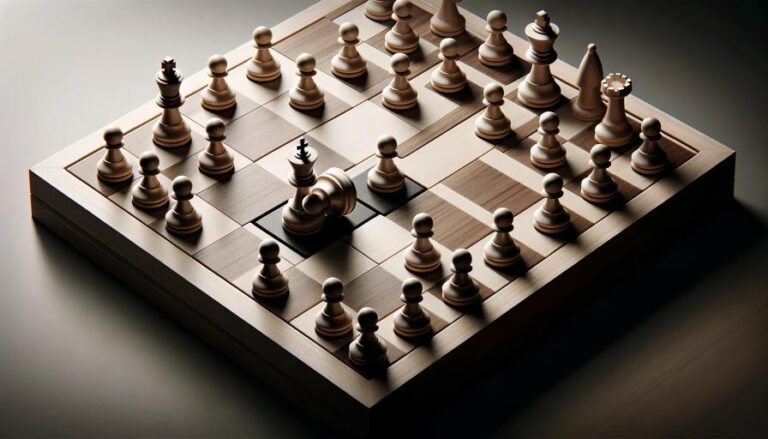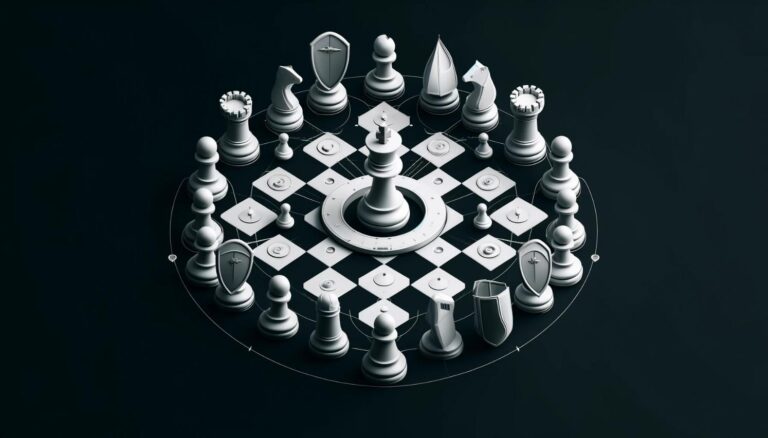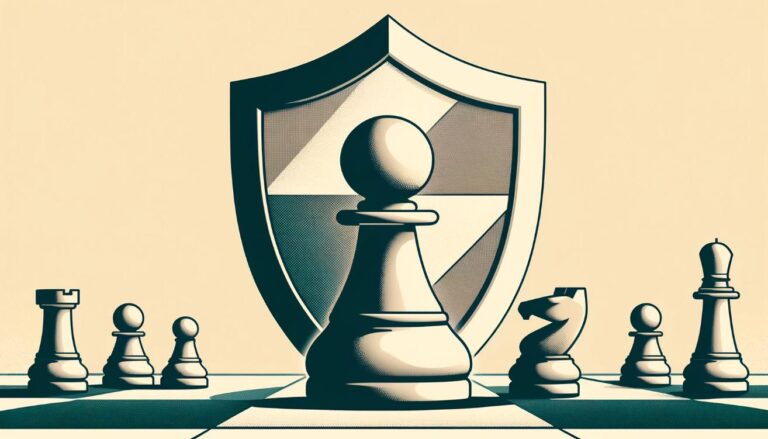The Beginnings of Chaturanga
Chaturanga, also known as Shatranj, is the historical predecessor of modern-day chess. It originated in ancient India around the 6th century and was an important part of Indian culture and society. The game is said to have been created by a sage named Sissa, who presented it to the Indian king Raja Balhait.
The Spread of Chaturanga
As Chaturanga spread across India, it also underwent various changes and adaptations. Different regions and cultures had their own variations of the game, with variations in rules, board size, and even the pieces used. Some versions even had more than four divisions, including boats and camels in addition to the traditional pieces.
The Influence of Chaturanga
Chaturanga had a significant impact on the development of chess and its variations. The unique abilities and movements of the pieces in Chaturanga played a crucial role in shaping the modern chess game. The pawns, bishops, rooks, knights, and queen in chess all have their origins in the pieces of Chaturanga.
Symbolism in Chaturanga
Chaturanga is not just a game, but also a symbolic representation of ancient Indian society. The four divisions of the Indian army represented in the game were also reflections of the societal hierarchy. The king represents the supreme ruler, the queen symbolizes the powerful female figure, the elephant represents strength and dominance, and the chariot symbolizes war and strategy.
The End of Chaturanga
With the spread and popularity of chess, the game of Chaturanga began to decline in the 13th century. It was eventually phased out and replaced by chess, which had a more complex and strategic gameplay. However, the legacy of Chaturanga still lives on in modern chess, as well as its adaptations and variations.


